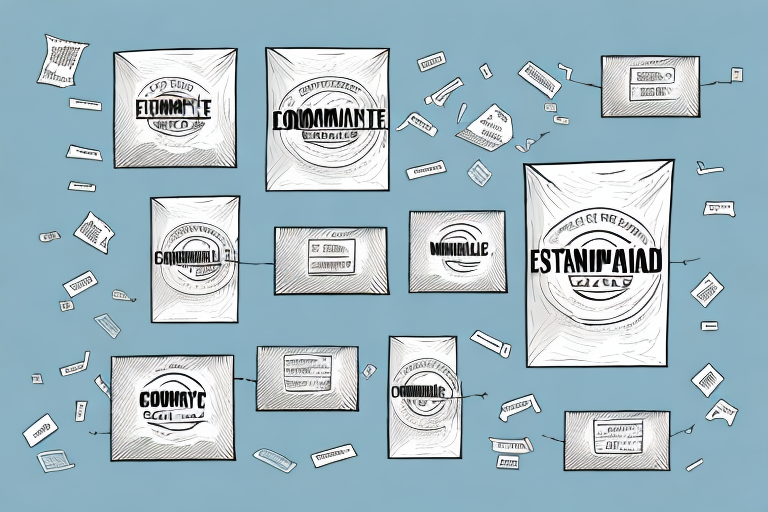Choosing Between Standard and Economy Shipping: What You Need to Know
When selecting the appropriate shipping option for your packages, speed is often a top priority. However, with various options available, it can be challenging to determine which method best suits your needs—standard or economy shipping. This article delves into the differences between these two shipping methods, examines their pros and cons, and provides guidance to help you make an informed decision.
Understanding Standard vs. Economy Shipping
Standard Shipping
Standard shipping is typically the default option offered by most retailers, guaranteeing delivery within a specific timeframe, usually 3-5 business days. It includes a tracking number that allows you to monitor your package's progress. According to the United States Postal Service (USPS), standard shipping options like Priority Mail offer reliable delivery with tracking and insurance.
Economy Shipping
Economy shipping is a more cost-effective option that takes longer to arrive, often ranging from 2-3 weeks depending on the destination. While it saves money, it may come with limitations such as reduced tracking capabilities and lack of insurance. Services like FedEx Economy provide an affordable alternative for non-urgent shipments.
Pros and Cons of Each Shipping Method
Standard Shipping: Advantages and Drawbacks
- Pros:
- Faster delivery times
- Comprehensive tracking
- Included insurance for lost or damaged packages
- Cons:
- Higher cost compared to economy options
- Potential for delays during peak seasons
- Greater environmental impact due to faster transportation methods
Economy Shipping: Advantages and Drawbacks
- Pros:
- Lower shipping costs
- Suitable for non-urgent deliveries
- Reduced carbon footprint compared to expedited shipping
- Cons:
- Longer delivery times
- Limited or no tracking and insurance
- Potential delays due to less frequent transportation schedules
Making the Right Shipping Choice
When to Choose Standard Shipping
Opt for standard shipping when you need your package to arrive within a few days and prefer the security of tracking and insurance. This is ideal for businesses shipping products that need to reach customers promptly or for sending important documents.
When to Choose Economy Shipping
Select economy shipping for non-essential items, bulk shipments, or when you're on a tight budget. It's also a viable option for shipping items that aren't time-sensitive, allowing you to save on costs while still delivering goods to your customers.
Additional Considerations for Businesses
Shipping Destinations
International shipments introduce variables like customs regulations and additional fees. Services such as DHL offer international economy options that handle customs clearance, making them suitable for global shipping needs.
Package Size and Weight
Heavy or oversized packages may incur extra fees or require specialized freight shipping. Assess the size and weight of your products to choose the most cost-effective and efficient shipping method.
Balancing Cost with Other Factors
Reliability and Carrier Reputation
Beyond cost, consider the reliability of the carrier. Established carriers like UPS and FedEx have proven track records for timely and secure deliveries, which can be crucial for maintaining customer satisfaction.
Environmental Impact
Shipping methods contribute to carbon emissions. Economy shipping generally has a lower environmental impact due to less expedited transportation. Additionally, some carriers offer eco-friendly options, such as carbon-neutral shipping, which can align with sustainable business practices.
Effective Strategies to Save on Shipping Costs
Consolidate Shipments
Bundle multiple items into a single shipment to reduce overall shipping costs. This approach minimizes the number of packages and takes advantage of bulk shipping rates.
Utilize Flat-Rate Shipping
Flat-rate shipping options, available through services like USPS Priority Mail Flat Rate, allow you to ship items at a fixed cost regardless of weight or distance, providing predictable shipping expenses.
Negotiate with Carriers
For businesses with high shipping volumes, negotiating rates with carriers can lead to significant savings. Establishing a relationship with a carrier may grant access to discounted rates and specialized services.
Take Advantage of Free Shipping Offers
Many retailers offer free shipping for orders exceeding a certain amount. Encourage customers to reach these thresholds by implementing minimum purchase requirements or offering free shipping as a promotional incentive.
Conclusion
The decision between standard and economy shipping hinges on your specific needs and priorities. If timely delivery and package security are paramount, standard shipping is the preferable choice. Conversely, if cost savings are your primary concern and delivery time is flexible, economy shipping may be more suitable. Carefully evaluate all factors, including cost, delivery time, reliability, and environmental impact, to select the shipping option that best aligns with your requirements.






















